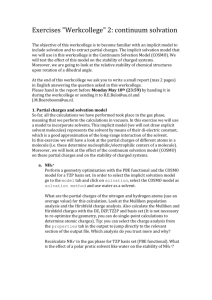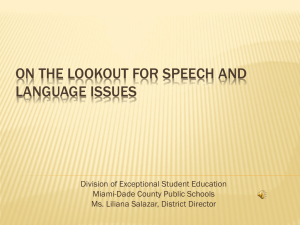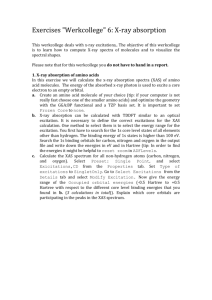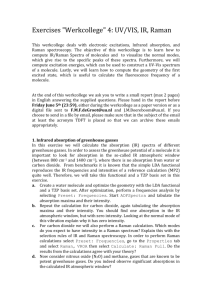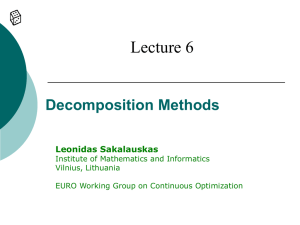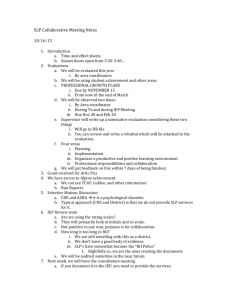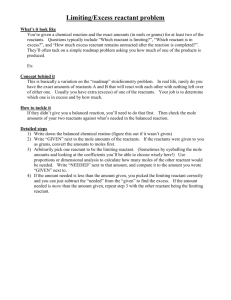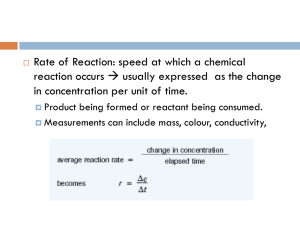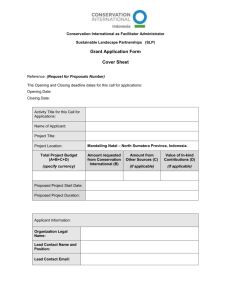Chemical reactions
advertisement
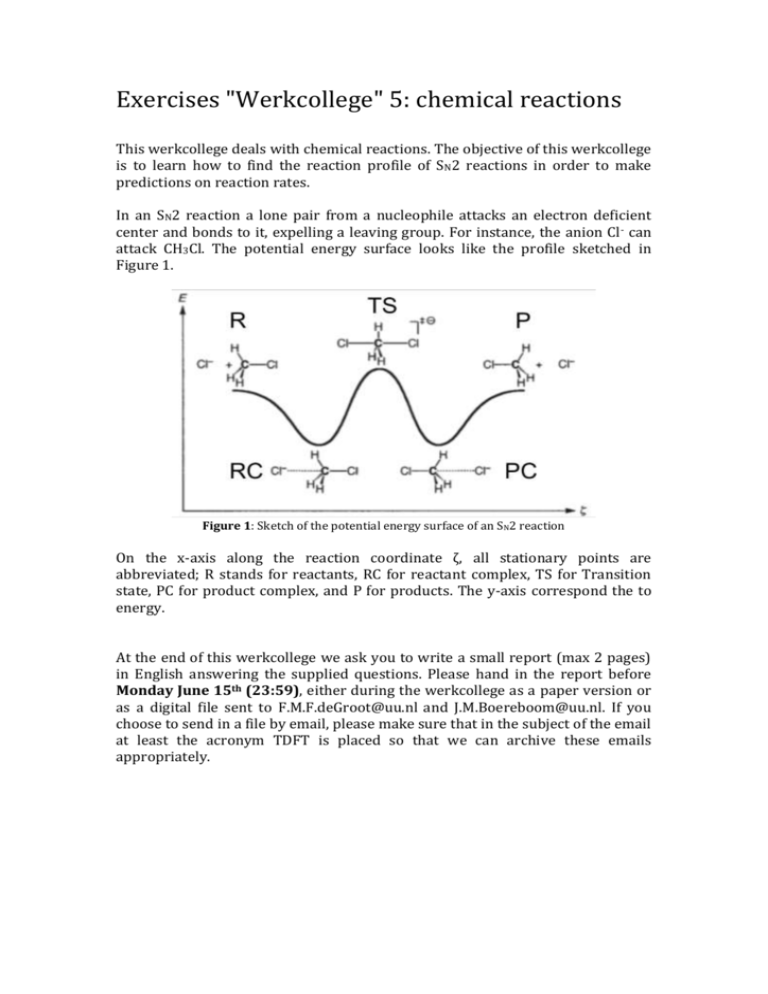
Exercises "Werkcollege" 5: chemical reactions This werkcollege deals with chemical reactions. The objective of this werkcollege is to learn how to find the reaction profile of SN2 reactions in order to make predictions on reaction rates. In an SN2 reaction a lone pair from a nucleophile attacks an electron deficient center and bonds to it, expelling a leaving group. For instance, the anion Cl - can attack CH3Cl. The potential energy surface looks like the profile sketched in Figure 1. Figure 1: Sketch of the potential energy surface of an SN2 reaction On the x-axis along the reaction coordinate ζ, all stationary points are abbreviated; R stands for reactants, RC for reactant complex, TS for Transition state, PC for product complex, and P for products. The y-axis correspond the to energy. At the end of this werkcollege we ask you to write a small report (max 2 pages) in English answering the supplied questions. Please hand in the report before Monday June 15th (23:59), either during the werkcollege as a paper version or as a digital file sent to F.M.F.deGroot@uu.nl and J.M.Boereboom@uu.nl. If you choose to send in a file by email, please make sure that in the subject of the email at least the acronym TDFT is placed so that we can archive these emails appropriately. 1. SN2 reaction profiles In this exercise we will calculate a series of reaction barriers and employ a frequency analysis to validate whether we are really dealing with minimum energy structures or transition state structures. a. How would you distinguish a minimum energy structure (for example a Reactant complex) from a transition state structure (TS) based on a frequency analysis? What would you define as the reaction barrier? b. First optimize the structure of the Reactant complex of Figure 1 at the GGA:BP/TZP level. Please make sure that you set the number of geometry optimizations to 100. c. In order to get an idea of the reaction profile of Figure 1, you can perform a Linear transit calculation. Start from the optimized geometry of b. It is best to freeze the Cl—C—Cl angle to 180˚. In order to do this go to Geometry constraints and scan under the Model tab and select the Cl—C—Cl atoms and add the angle constraint. Now select the Cl- and C atoms and add the distance constraint, now set the linear transit for this distance constraint from 3.9 Å to 1.8 Å. Set the number of transit points to 8. Plot the energy of the transit points. You can do that in the ADFMovie module, select Optimized Geometries Only from the View tab. d. Now also calculate the energy of the stationary points of the reactants and transition state from Figure 1. Minima structures can be found by a geometry optimization. A transition state, however, is located at a ‘saddlepoint’ on the potential energy landscape. This structure can be found with a Transition State Search in the main menu, it is advised to start with the guess of the transition state of question c. It might be useful to add the Cl-—C distance as the reaction coordinate in Transition State Search under the Model tab. e. Perform a frequency analysis for the reactants, reactant complex, and transition stationary points. Does this agree with your theory of question a? If you look at the imaginary frequency vibration of the TS structure, what do you see and how would you interpret this? f. Redo this procedure (c (optional),d and e), but now replace Cl atoms with Br. Calculate how many times the SN2 reaction with Cl is faster or slower compared to the SN2 reaction with Br (hint: use the Arrhenius equation and assume that the prefactors A of both reactions are identical). At the end of this werkcollege we ask you to write a small report (max 2 pages) in English answering the supplied questions. Please hand in the report before Monday June 15th (23:59), either during the werkcollege as a paper version or as a digital file sent to F.M.F.deGroot@uu.nl and J.M.Boereboom@uu.nl. If you choose to send a file by email, please make sure that in the subject of the email at least the acronym TDFT is placed so that we can archive these emails appropriately.
